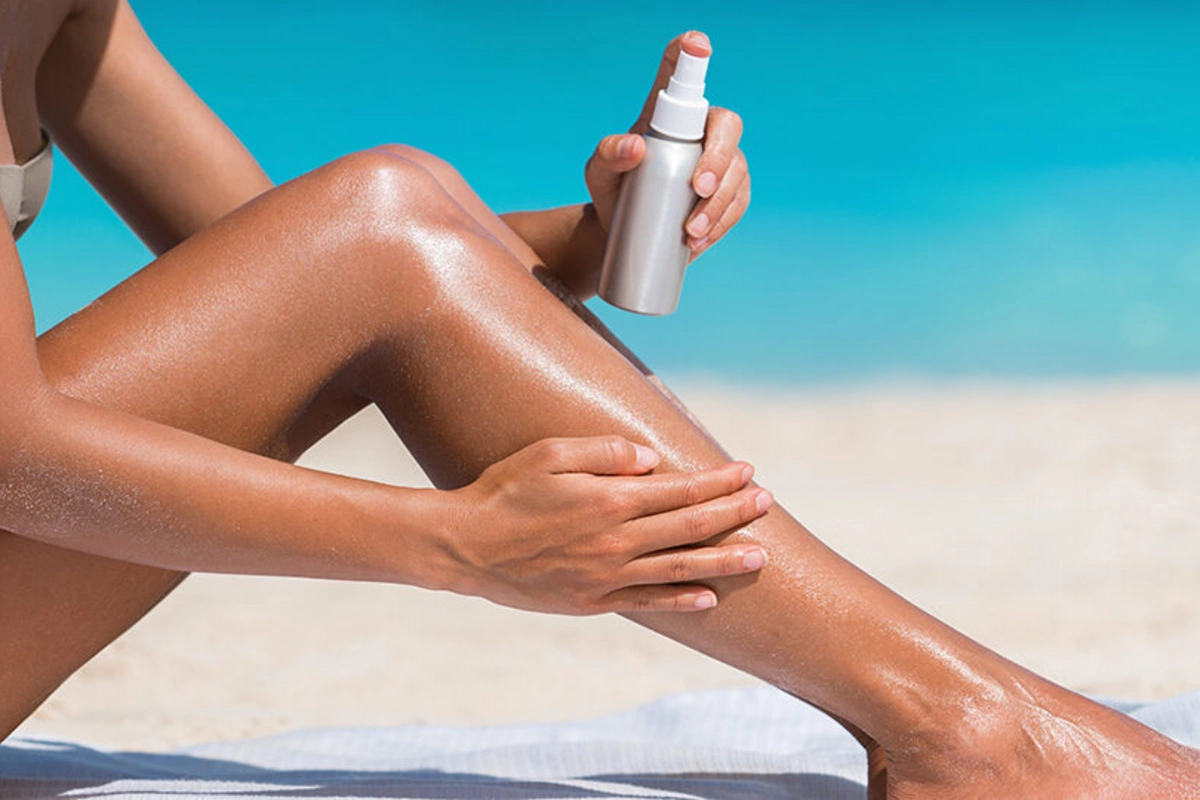Tanning in 2025: Trends, Risks, and New Technologies## Detailed answer

In 2025, a tan still remains a symbol of attractiveness, health, and an active lifestyle. However, attitudes toward getting a tan are changing. More and more people are becoming aware of the harm from ultraviolet radiation and are choosing safe alternatives - from new generation self-tanners to virtual "tanning" technology in digital filters and AR applications.
The Science of Tanning: What We Know in 2025?
According to the latest dermatological research, even moderate exposure to UV rays in the long term:
-
accelerates skin aging (photoaging),
-
increases the risk of melanoma and other types of skin cancer,
-
causes mutations in the DNA of epidermal cells,
-
destroys the skin's protective mechanisms.
Science has confirmed: there is no "safe tan" from the sun or tanning beds, even if the skin doesn't burn.
New Technologies in Skin Protection
In 2025, innovations in sun protection cosmetics are actively developing:
-
Broad-spectrum nanofilters protect against both UVA and UVB.
-
Smart creams with sensors and Bluetooth signals notify when it's time to reapply SPF.
-
Antioxidant serums are being developed to protect the skin from oxidative stress after sun exposure.
Safe Alternatives to Tanning
Modern approaches to getting a "golden skin tone" don't require the sun:
1. New Generation Self-Tanners-
Have no strong smell.
-
Don't leave stains.
-
Adapt to skin pH and give a natural tone.
-
Lycopene (from tomatoes) and beta-carotene (from carrots) give the skin a light warm tone.
-
The effect accumulates gradually and is safe.
-
AR filters and neural networks in applications (for example, in Instagram and TikTok) allow you to "try on" a tan in photos and videos without harming your skin.
Tanning Beds in 2025: In the Past or Reformatted?
In most countries of Europe and North America, there is a sharp decline in the popularity of tanning beds:
-
Age restrictions have been introduced (18 years and older).
-
Melanoma prevention is widespread.
-
Some countries are considering a complete ban on commercial tanning beds.
Conclusion
A tan in 2025 is not so much the result of a beach vacation as a conscious choice in favor of health. People are increasingly choosing their natural skin color, safe ways of "darkening," and understand that youth and beauty are not about shade, but about the condition of the skin.
Similar News
The Best Time for Exercise Named
Improperly chosen time for sports activities can not only reduce the effectiveness of your workout but also worsen a person's well-being. Julia Kaurova, a train...




 Azərbaycanca
Azərbaycanca  По-русски
По-русски  English
English 






